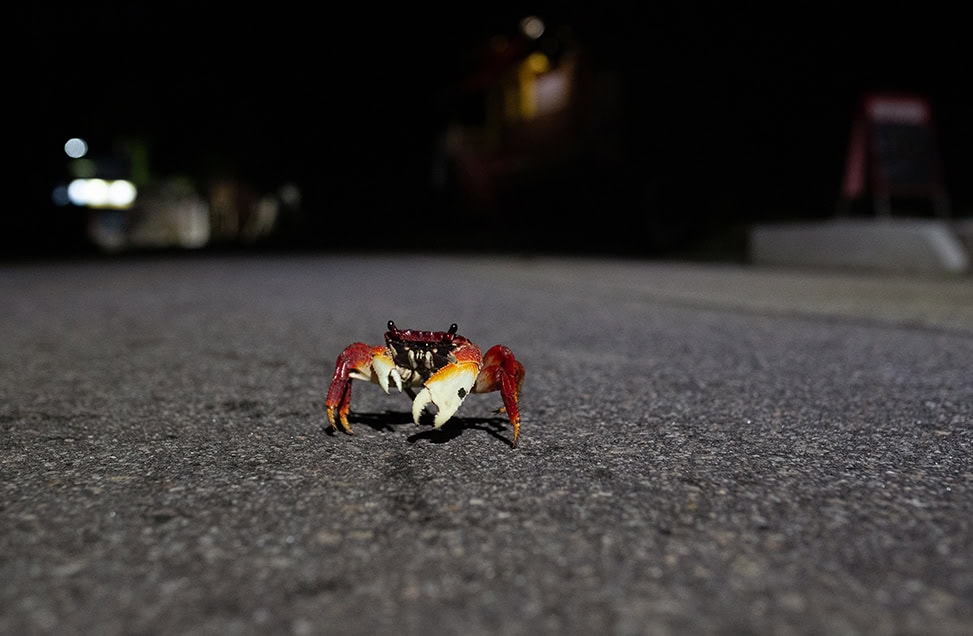As many as 16 wild animals are killed every second on the road in Brazil.
The figures made a young computer scientist decide to use artificial intelligence (AI) to warn motorists in time of animals crossing their path. It is a futuristic solution that can help combat an everyday problem with far-reaching ecological consequences.
According to the Brazilian center for road ecology (Center for Road Ecology, CBEE), around 475 million vertebrates die annually on this country’s roads. It is mostly smaller species such as capybaras, armadillos and opossums that are worst affected.
“This is the biggest direct impact on wildlife today in Brazil,” Alex Bager, CBEE coordinator, told AFP.
The figures about the carnage on the roads of the world’s most biodiverse country, persuaded Gabriel Souto Ferrante, a computer science student, to take action.
Ferrante (25), who is pursuing a master’s degree at the University of Sao Paulo (USP), began by identifying the five medium and large species that are likely to be victims of traffic accidents: the cougar, the giant anteater, the tapir, the maned wolf and the jaguarundi, a type of small wild cat.
He then created a database with thousands of images of these animals and trained an AI model to recognize them in real time.
Numerous tests followed and were successful in recognizing the animals and warning motorists, according to the results of his efforts recently published in the journal Scientific Reports has been published.
For the project to become a reality, Ferrante said scientists will “need support from the companies that manage the roads”, including access to traffic cameras and edge computingdevices – hardware that can transmit a real-time warning to drivers such as some navigation apps.
There will also have to be input from the road concession companies “to remove the animal or catch it”.
In addition, he hopes the technology can also save people’s lives if hit-and-run accidents with wildlife are reduced.
More roads, more vehicles
Bager said numerous other strategies to stop the bloodshed on Brazilian roads have failed.
Signs warning drivers to be on the lookout for animals crossing the roads have little impact and lead to an average speed reduction of only 3%.
There are also so-called fauna bridges and tunnels intended to get animals safely from one side of the road to the other, as well as fences to cage them. All these mechanisms have so far been insufficient to combat the magnitude of the problem.
In 2014, Bager developed an app called Urubu together with other ecologists, which provides for the identification of points where the most wildlife is hit. Thousands of users have helped provide information for the app.
The project helped raise public awareness and even inspired a bill on safe animal crossing and circulation, which is awaiting a vote in the Brazilian Congress.
A lack of money caused the app to be closed last year, but Bager intends to have it reactivated.
“We have more and more roads, more vehicles, and this means that the number of wild animals that are killed on roads will in all probability continue to grow if there is no intervention,” he said.








